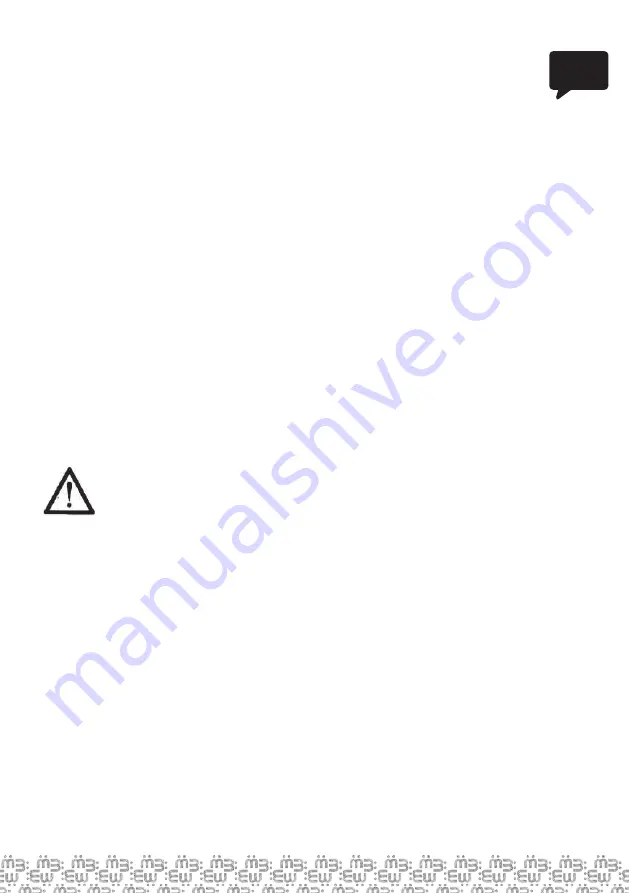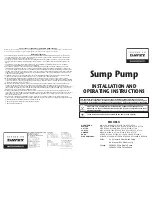
79
EN
6.4 Notes to the heat pump operation
•
The efficiency of the heat pump increases with cumulative ambient air temperature.
•
It may take several days to reach the desired temperature. This time completely
normal and depends mainly on the climatic conditions, the volume of water in the
pool, the size of the water surface, the operating time of the heat pump and heat
losses of the pool (e.g. evaporation from the water surface, heat transfer, radia-
tion, etc.). If sufficient measures are not taken to reduce heat loss, maintaining a
high water temperature is not economical and in some cases not even possible.
•
Use a tarpaulin or solar tarpaulin to reduce heat loss when the pool is not in use.
•
The water temperature in the pool should not exceed 30 °C. The warm water does
not refresh too much and in addition creates optimal conditions for algae to grow.
Furthermore, some pool components may have temperature restrictions. For
example, the film may soften in foil pools. Therefore, do not set the thermostat
value higher than 30 °C.
6.5 Winterizing of the heat pump
In areas where the temperature may drop below freezing point, the heat pump,
filtering pump, filter flask and pipes must be protected against freezing.
1.
Disconnect the heat pump from the mains.
2.
Drain the water from the pump by unscrewing the pipes from both connections
of the filter circuit (DANGER OF FREEZING).
3.
Make sure that there is no water left in the heat exchanger (RISK OF FREEZING).
4.
Screw the pipe back on (but do not tighten) to prevent dirt or water from en-
tering the pump. In any case, prevent water from entering the heat exchanger
stored during winter season.
IMPORTANT: Proper winterizing is very important. No water must
remain in the pump heat exchanger. The warranty does not cover any
damage to the heat exchanger due to frost.
6.6 Restart of the pump after winter season
Follow these steps to start the heat pump after a winter shutdown:
1.
First check that pipe is free of dirt and that there are no signs of damage.
2.
Check that the inlet and outlet fittings are connected to the correct pipes (hoses)
- see the designation "inlet" and outlet "on the heat pump. Retighten the fittings.
3.
Start the filtering pump and check for water leaks. Adjust the position of the by-
pass valves so that the optimum amount of water passes through the heat pump.
When using a small filter unit, the bypass can be closed so that all the water
passes through the heat pump.
4.
Switch on the circuit breaker in the heat pump's power supply and switch on the
heat pump.
Содержание PREMIUM 5000
Страница 124: ......
















































